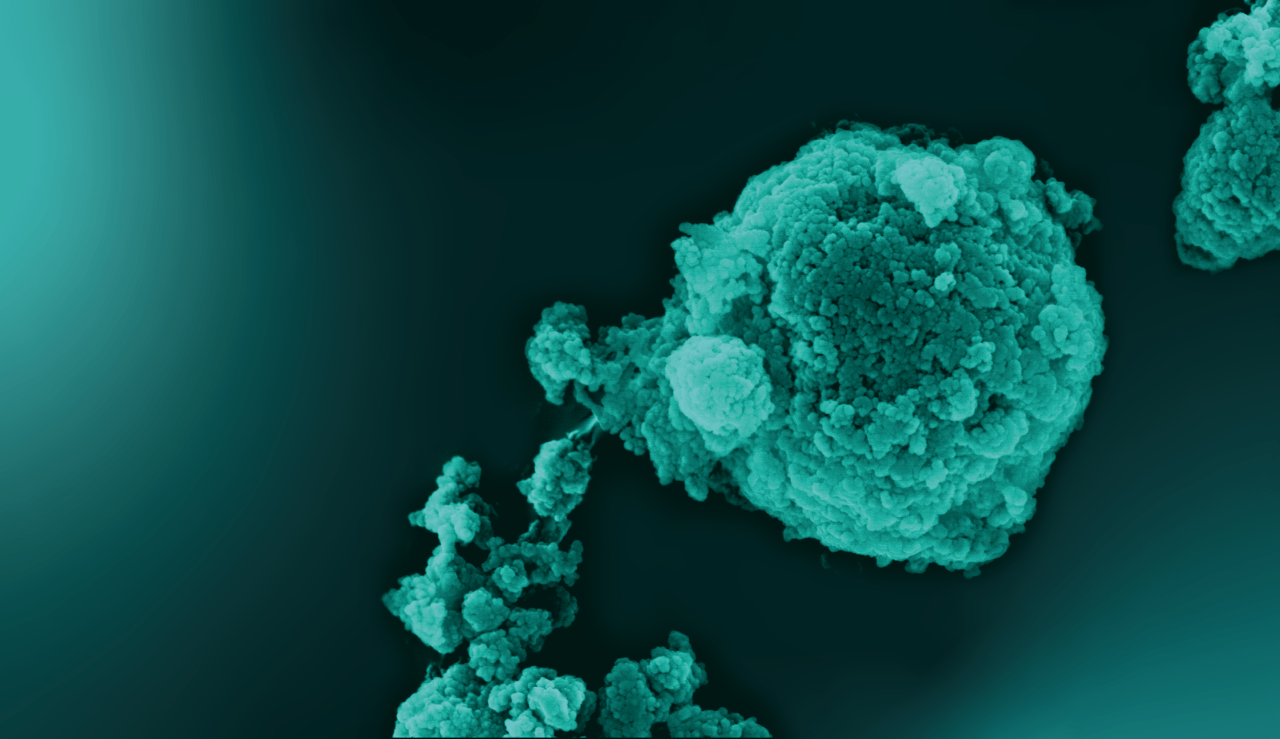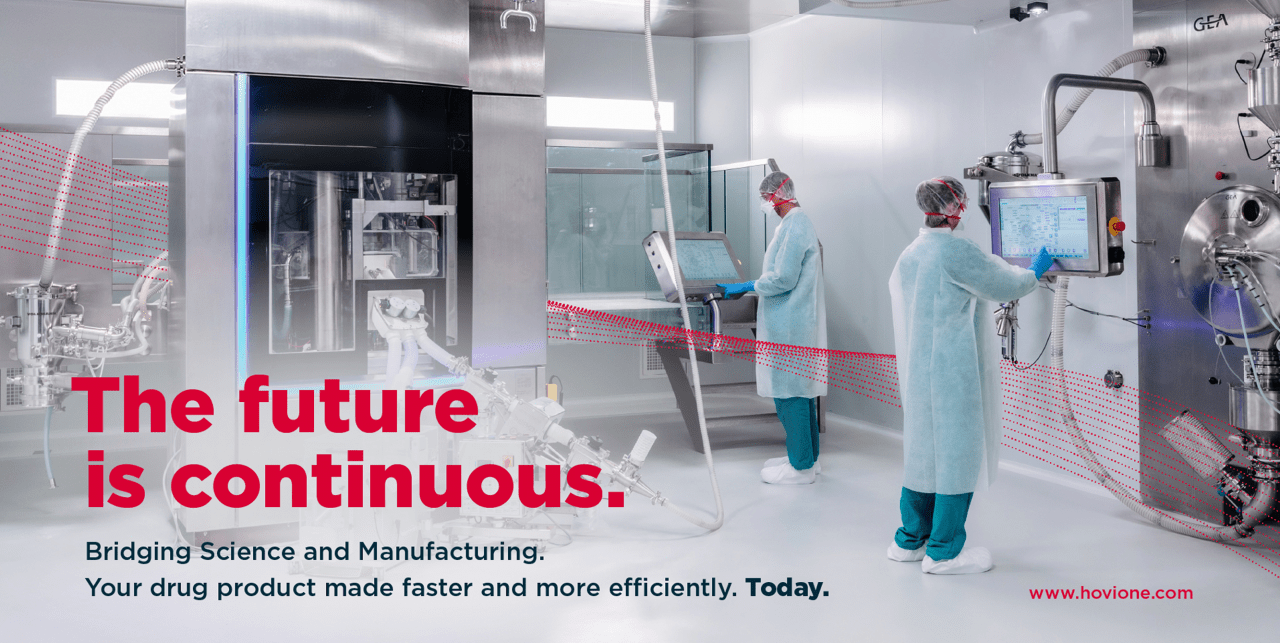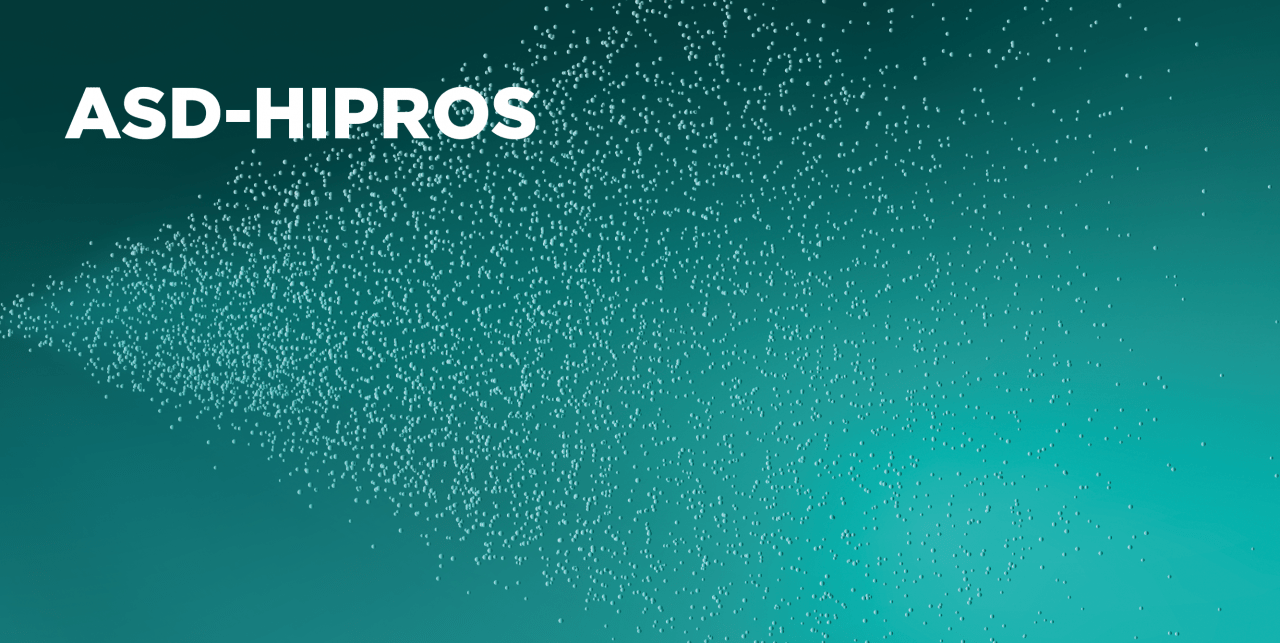Press Room
2023 CPhI North America
Start
Tuesday, April 25, 2023 - 00:00
End
Thursday, April 27, 2023 - 00:00
Location:
Philadelphia, USA
Booth Number:
723

Visit Hovione at CPhI North America - Booth #723 - and discover more about the latest technologies and innovations in drug development.
 The Future is ContinuousMeet our experts and find out if Continuous Tableting is right for your product. |
 ASD-HIPROSLearn how this platform can identify the best performing and stable formulations for your drug. |
||
 The Leader in Spray DryingKnow how to improve your drug solubility with the best scale-up science. |
 Schedule a meeting todayWe look forward to seeing you at CPhI North America and support your project. |
||
Let’s discuss your project together.

Schedule a meeting with our experts.
Find more about CPhI North America.

